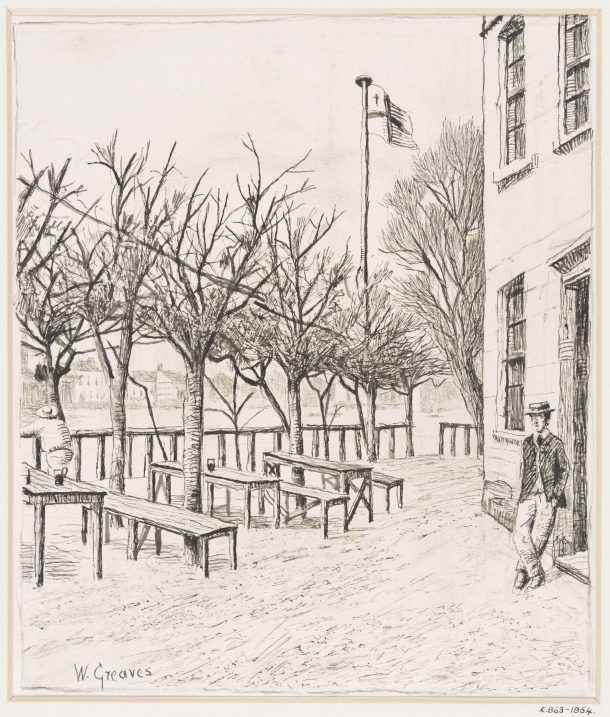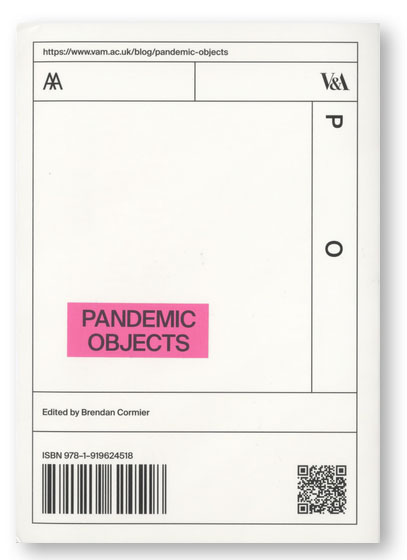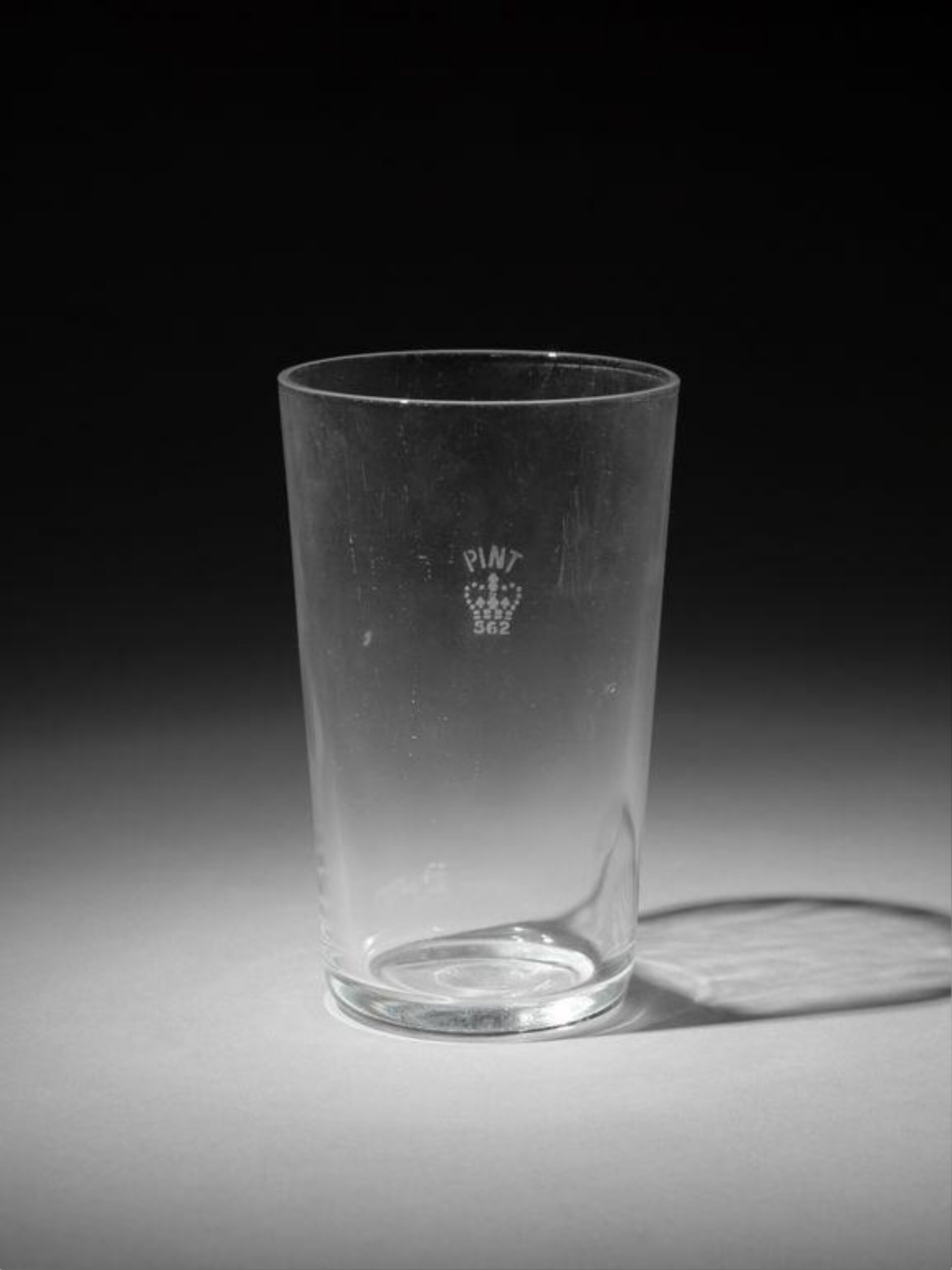‘Sometimes the perfect pub is just one that is open’ – Paul Moody
A survey from November 2019 recorded more than 47,000 pubs in the UK. For centuries they have been a part of the social and architectural fabric of Britain. In large post-industrial cities, pubs and former pubs are everywhere, reflecting their origins as community hubs in densely populated working-class communities. They are still a very active part of modern social and economic life. For many, a post-work drink, a ‘swift half’, offers a chance to decompress and reflect after a day at the grindstone, and a place to really get to know your colleagues.
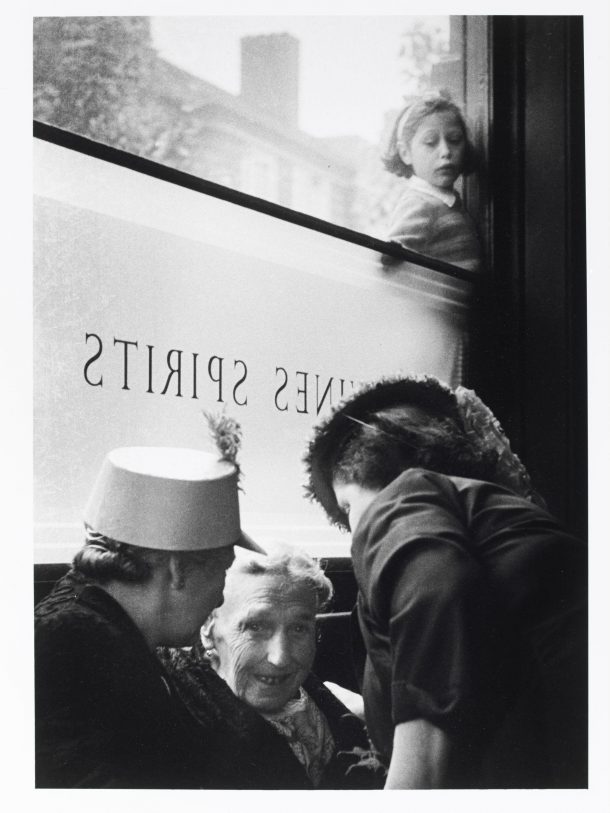
COVID-19 has altered the fundamental experience of going for a drink with some friends in a pub; they are no longer completely open houses. As well as the ubiquitous social distancing, there is now table service, mask wearing and limits on group size – all to experience that pint of beer or cider, often an expensive one, poured straight from the barrel.
Detachment from others has underscored the value many find in social eating and drinking, something many previously took for granted. However, even before COVID loneliness among adults was already a problem in Britain. I find myself recalling the palpable anticipation around the reopening of pubs on so-called ‘Super Saturday’ in July 2020, an occasion which provided news services with some defining images of alleged pandemic misbehaviour. This event, with its long build-up, signaled a temporary end to isolation, a reopening of what Ray Oldenburg refers to as the ‘third place’, somewhere to meet others outside of the home or a workplace.
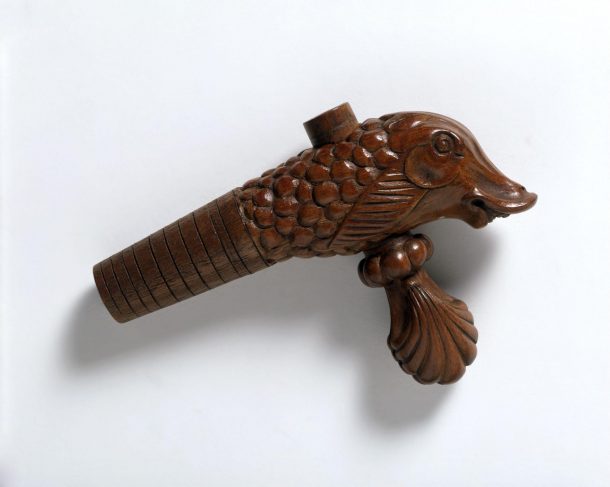
Pubs have two essential elements: a bar to order drinks, and somewhere to sit to consume them. Another important but largely intangible factor is ‘atmosphere’, the look and feel, the general pubbyness of the establishment. This is the thing that is impossible to recreate at home. Pubs are inherently social spaces, designed to facilitate spending time with others. The pandemic has revealed some issues with the design of many pub buildings. Toilets are often too small, squeezed into historic footprints, customer seating too cramped. There are queues and one-way systems around tumbledown saloons. In autumn 2020, the means to be able to provide a ‘substantial meal’ became absolutely essential. More than ever, a generous garden or outside space is a key asset, even in cold weather. The fact people were willing to endure the chill in spring 2021 speaks strongly to the desire for a ‘third place’ among the socially isolated. If anything, the pandemic has reinforced the place of the pub in the British psyche as a symbol of company, of friendliness and of normality.
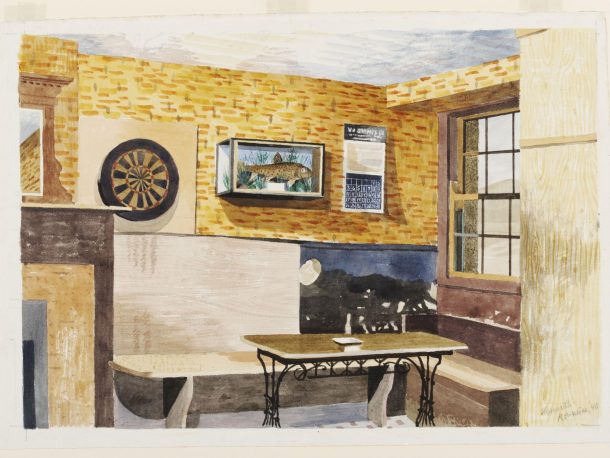
Some might argue that some of the changes to pubs are for the better: no more being squashed against a bar, waiting patiently (or impatiently) to be served, no more traipsing around the neighbourhood looking for an empty table. Pubs have always been a symbol for good times spent with friends. COVID has reinforced their position as social hubs in spite of alterations to services, capacities and layouts, even if it has meant a visit may have lost some of its spontaneity.
Further reading:
‘Number of pubs in the United Kingdom (UK) 2000-2019’, Statista.com
‘What Makes the Perfect Pub’, BBC, 23 November 2011
‘British People Are Really Missing the Pub – Here’s Why’, Thomas Thurnell-Read, The Conversation, 19 February 2021.
‘The Public House in England’, Historic England.
Related objects from the Collection:
Beer Glass, Duralex, France, 1970-90 (V&A: C.82-2012)
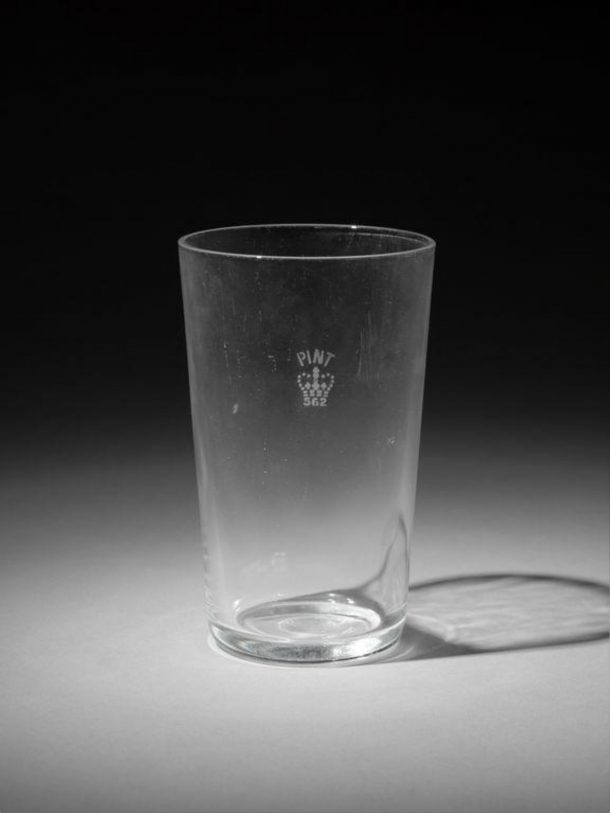
The White Hart (pub sign), Myles Birket Foster, Witley, UK, ca. 1875 (W.69-1938)
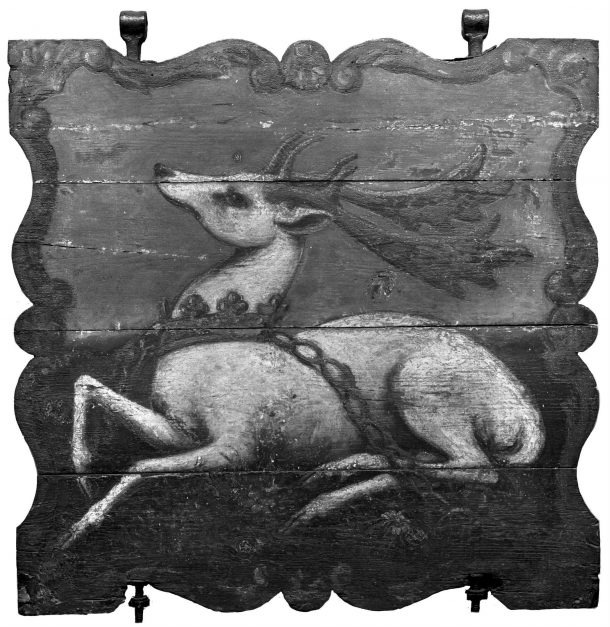
Marquis of Granby (porcelain figure), Bow Porcelain Factory, London, 1760-65 (V&A: 414:6-1885)
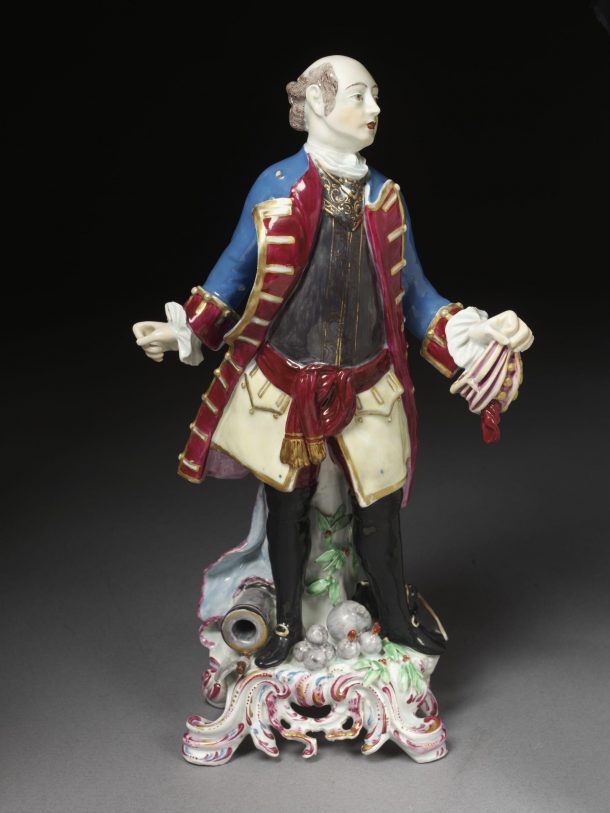
Swan Taverns Tea Gardens Battersea (Drawing), Walter Greaves (V&A: E.863-1954)
